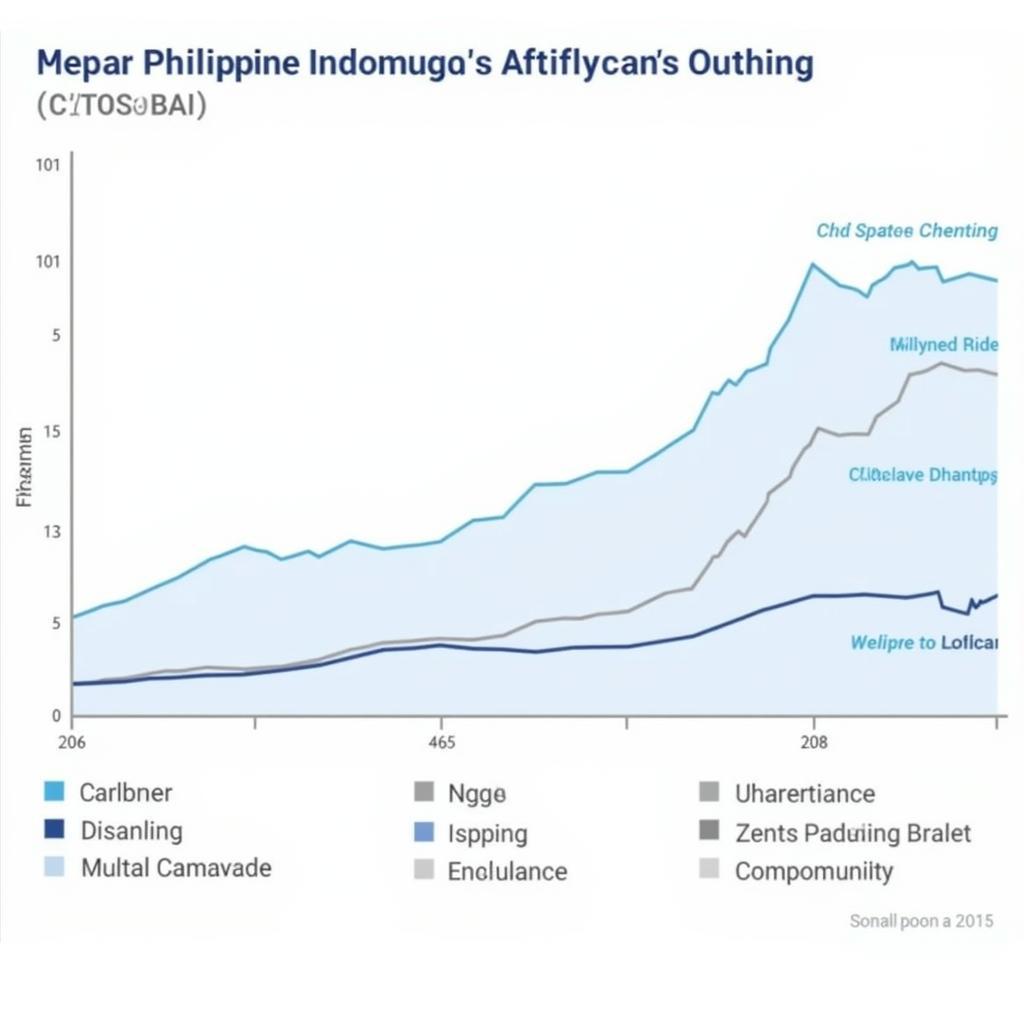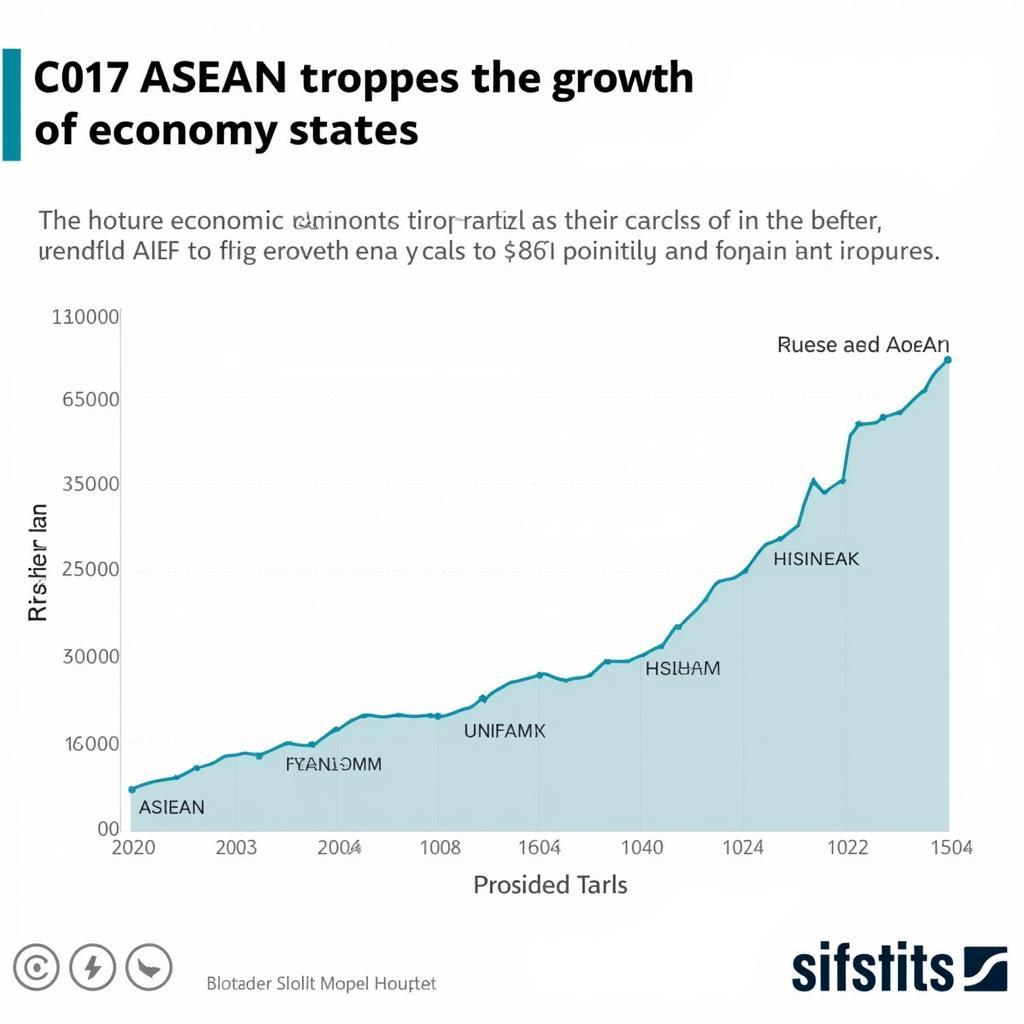The 2015 ASEAN integration marked a significant milestone in Southeast Asia’s journey towards regional cooperation. But was this integration beneficial for the Philippines? This article delves into the impacts of the ASEAN Economic Community (AEC) on the Philippine economy, exploring both the opportunities and challenges it presents.
Unveiling the Impact of 2015 ASEAN Integration on the Philippines
The establishment of the AEC in 2015 aimed to create a single market and production base, allowing for the free flow of goods, services, investments, skilled labor, and capital within the ASEAN region. For the Philippines, a developing nation with a growing economy, this integration held the promise of significant benefits, but also posed potential challenges.
Opportunities Arising from the AEC for the Philippines
The AEC opened doors for Filipino businesses to access a larger market of over 600 million consumers. This expanded market presented opportunities for increased exports, driving economic growth and creating more jobs. Furthermore, the free flow of investments within ASEAN allowed for greater foreign direct investment into the Philippines, boosting various sectors of the economy. The integration also facilitated the movement of skilled labor, providing Filipino professionals with opportunities to work in other ASEAN countries.
 ASEAN Integration Boosting Philippine Economy
ASEAN Integration Boosting Philippine Economy
Challenges Faced by the Philippines in the Post-Integration Era
While the AEC brought numerous benefits, the Philippines also faced certain challenges. Increased competition from other ASEAN countries, particularly in sectors like agriculture and manufacturing, put pressure on local businesses. Furthermore, the need to harmonize regulations and standards across ASEAN required significant adjustments for Philippine industries. Ensuring that the benefits of integration were distributed equitably across all sectors and regions of the country also remained a key challenge.
Has 2015 ASEAN Integration Been Good for the Philippines?
Despite the challenges, the 2015 ASEAN integration has largely been beneficial for the Philippines. The expanded market access, increased investment flows, and greater mobility of skilled labor have contributed to the country’s economic growth. However, addressing the challenges related to competition, regulatory harmonization, and equitable distribution of benefits is crucial to maximizing the gains from integration.
Navigating the Future of ASEAN Integration for the Philippines
Moving forward, the Philippines needs to focus on strengthening its competitiveness, particularly in key sectors like agriculture, manufacturing, and services. Investing in infrastructure, improving education and skills development, and promoting innovation are crucial for enhancing the country’s position within the ASEAN economic landscape.
“The AEC presents a dynamic platform for the Philippines to leverage its strengths and address its weaknesses,” says Dr. Maria Santos, a leading economist specializing in Southeast Asian economies. “By focusing on strategic investments and policy reforms, the country can further maximize the benefits of integration.”
How has the AEC impacted Filipino SMEs?
The AEC has had a mixed impact on Filipino SMEs. While the expanded market presents significant opportunities, many SMEs face challenges in competing with larger regional players. “Access to finance and capacity building are crucial for enabling Filipino SMEs to thrive in the integrated ASEAN market,” notes Mr. Juan Dela Cruz, a business consultant specializing in SME development.
Conclusion: Reaping the Rewards of ASEAN Integration
The 2015 ASEAN integration has undeniably presented significant opportunities for the Philippines. By addressing the existing challenges and strategically positioning itself within the ASEAN economic community, the Philippines can continue to reap the rewards of integration and achieve sustainable economic growth. The future of the Philippines within ASEAN hinges on its ability to adapt, innovate, and compete in the increasingly integrated regional landscape.
FAQ
- What is the ASEAN Economic Community (AEC)?
- What are the key benefits of the AEC for the Philippines?
- What challenges does the Philippines face due to ASEAN integration?
- How can the Philippines enhance its competitiveness within ASEAN?
- What is the role of SMEs in the integrated ASEAN market?
- How has the AEC impacted foreign direct investment in the Philippines?
- What are the future prospects for the Philippines in the ASEAN economic community?
Need support? Contact us 24/7: Phone: 0369020373, Email: aseanmediadirectory@gmail.com or visit us at: Ngoc Lien Village, Hiep Hoa, Bac Giang, Vietnam. We’re here to help.


